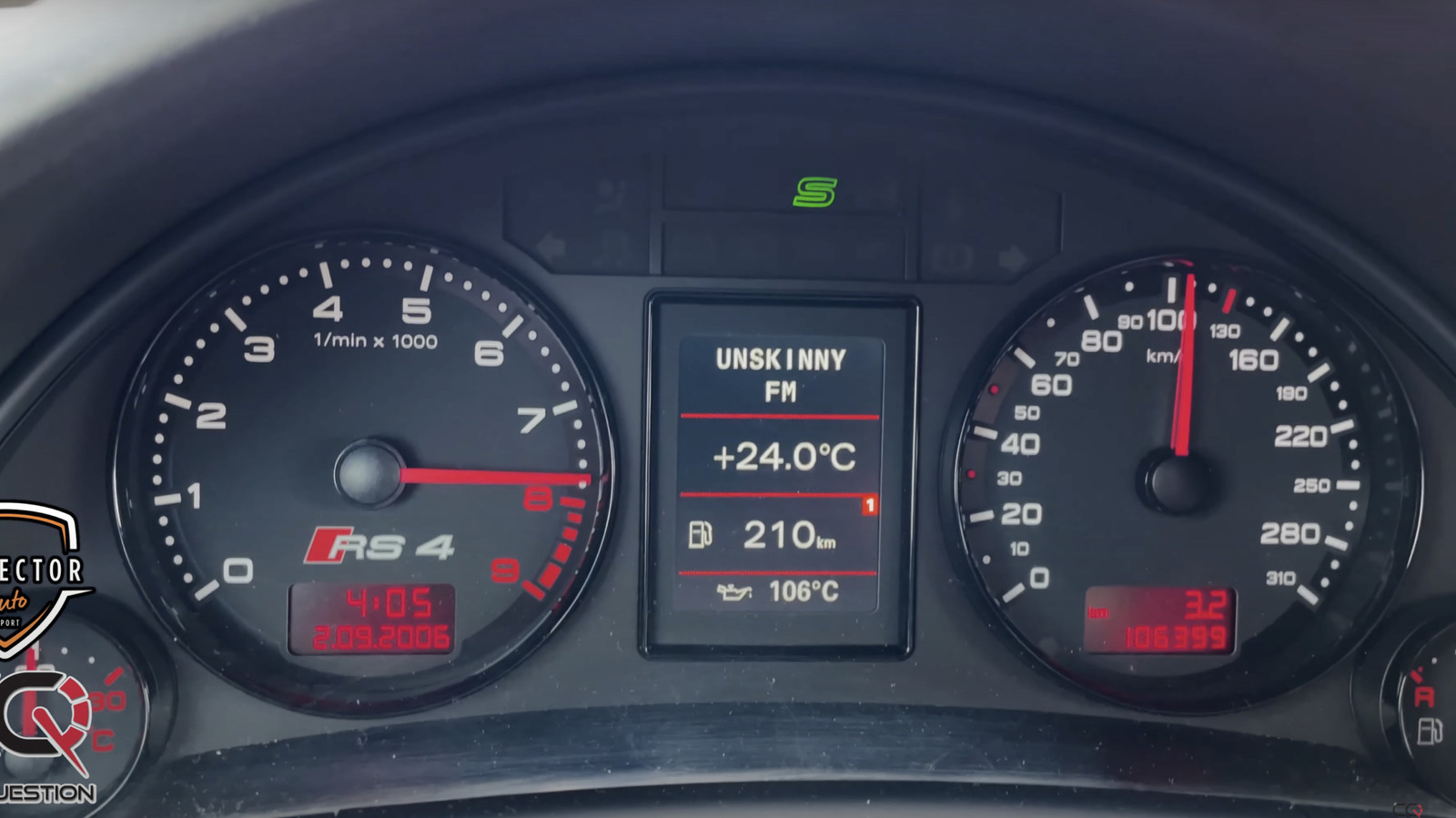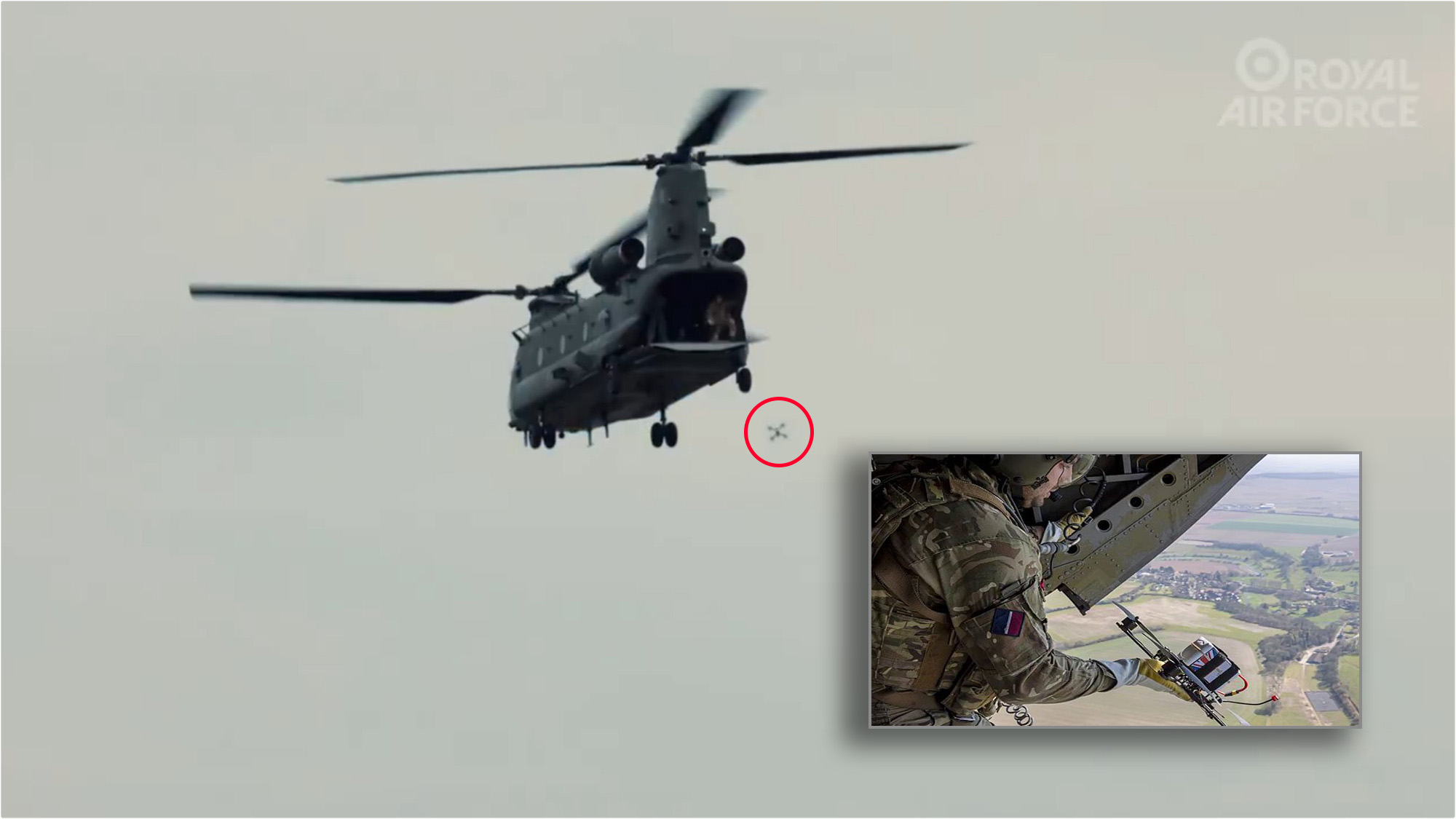How to Read Your Rate Con Like a Pro
Too many carriers treat the rate con like a formality, but buried in those few pages are the traps that can cost you detention pay, shift liability, or delay your check for weeks. In this guide, we walk through how to break down a rate confirmation like a fleet manager, flagging sneaky clauses, protecting your rights, and building a system to manage paperwork at scale. In trucking, reading the fine print is financial survival. The post How to Read Your Rate Con Like a Pro appeared first on FreightWaves.

You wouldn’t sign a lease on a truck without reading the fine print. So why do so many carriers treat a rate confirmation like it’s just a receipt? That little PDF holds the power to make or break your load. And in 2025, with tighter margins, slicker brokers, and more tech-generated freight than ever, knowing how to read your rate con isn’t optional—it’s essential. The fine print is where profit lives. Or die.
This article is going to walk you through exactly how to break down a rate con like a seasoned fleet manager. Not just where to find the rate per mile—but how to spot clauses that can delay payment, waive detention, or dump liability on your carrier. I’m going to show you what to look for, what to question, and how to protect yourself from surprises that hit you when you least expect it.
Let’s get into it.
What Is a Rate Confirmation, Really?
A rate confirmation is a binding contract between you (the carrier) and the broker.
It outlines:
- Load details (pickup, delivery, commodity)
- Agreed payment
- Accessorials (detention, layover, etc.)
- Terms and conditions
- Sometimes broker-specific rules or waivers
The key word here is contract. If you sign it, you’ve agreed to every word—even the stuff you didn’t read.
So let’s start by learning exactly how to read it line by line.
The Top Section – Basic Load Info
Most rate cons begin with the following:
- Load number or reference number
- Broker name and contact
- Pickup and drop addresses
- Appointment times
- Commodity and weight
- Rate total
What to check:
- Confirm appointment times match what you were told
- Confirm that the total pay matches what was agreed
- Look for special instructions that weren’t discussed on the phone
Red Flag Example:
A pickup says “FCFS 08:00–16:00” on the phone, but the rate con says “Appt 10:00 AM Sharp.”
If you’re late, you could be fined or denied detention.
Commodity and Equipment Clauses
Always review:
- What is the actual commodity?
- What equipment is required?
- Are there any special handling notes?
Watch out for:
- “Driver count” or “Tailgate unload” language (means YOU unload it)
- Temperature-controlled product being booked as dry van
- Hazmat or bonded freight not disclosed verbally
Pro Tip:
If you’re pulling a reefer, look for temp requirements in writing. If it’s not listed and the product is damaged, they may deny your claim.
(Photo: FreightWaves)
Detention, Layover, and TONU Terms
This is where a lot of carriers lose money.
You assume you’ll get detention or layover pay—but the rate con may say otherwise.
What to look for:
- Minimum hours required before detention kicks in (typically 2 hrs)
- Required time-stamped in/out documentation
- Specific wording like “carrier must notify broker of detention prior to accruing time”
- Layover capped at a flat rate ($150/day is common)
- TONU (Truck Ordered Not Used) policy—if it even exists
Sneaky Clause Example:
“No detention will be paid unless prior written approval is obtained and verified via the carrier’s tracking portal.”
If you’re not using their tracking tool or app? No detention.
Liability and Claims Language
Look for this section near the bottom or in the “Terms” page.
What you’re checking:
- Who is responsible for claims?
- Are you being asked to waive your rights?
- Are you accepting cargo liability beyond standard $100,000?
- Does it say “Carrier waives the right to refuse claim reimbursement”? That’s dangerous.
Example of predatory language:
“Carrier agrees to reimburse shipper or broker for claims as determined by the customer’s discretion.”
That means you have NO appeal process. You’re eating the loss, no questions asked.
Protect yourself by sending a signed rate con along with your own Terms and Conditions page—clearly stating your cargo limits and accessorial expectations.
POD and BOL Submission Requirements
Another common trap is payment delays because the paperwork was submitted “incorrectly.”
Look for these in the fine print:
- POD submission timeline (some require within 24–48 hours)
- Required formats (PDF, no photos)
- Must submit through specific TMS or portal
- Penalties for late or incomplete paperwork
- Whether signature and stamp are required to release funds
Pro Tip:
Send your paperwork using a consistent file naming convention example:
CarrierName_LoadNumber_POD.pdf
Brokers can’t make excuses when it’s that clean.
Payment Terms and Hidden Fees
Here’s where you really need to slow down.
You’re looking for:
- Standard payment terms (Net 30, Net 45, etc.)
- Quick pay options and their fees (often 2–5%)
- Chargebacks for missed appointments, reconsignment, or late POD
- Lumper coverage—whether they reimburse or require you to pay
Example:
Rate con says:
“Carrier responsible for any reconsignment charges due to missed appointment.”
That means if you’re late and they re-consign the load, you pay for it—not the broker.
Force Majeure and Backdoor Liability
Buried in some rate cons are vague “force majeure” clauses that let brokers off the hook but leave you on the hook.
Example:
“In the event of delay due to weather, equipment failure, or traffic, the carrier assumes all liability.”
This is how you end up liable for $900 in missed delivery penalties because it flooded in Kentucky.
If something sounds off, call it out, initial the change, and send the rate con back. If the broker won’t accept the change, you have a choice—risk it or walk.
Final Section – Broker-Specific Addendums
Some brokers include 2–4 pages of general terms and conditions. Always open those pages. Don’t assume they’re boilerplate.
Look for:
- “Carrier waives right to litigation”
- “All claims governed by [state] law” (usually their home state)
- Broker indemnification clauses that push liability onto you even for their mistakes
Worst-case example:
A rate con included this clause:
“Carrier agrees to not hold broker liable for any loss related to nonpayment by shipper.”
Translation: if the shipper doesn’t pay the broker, they don’t have to pay you.
The Real Playbook – How to Manage This at Scale
If you’re running multiple loads per week, you need a system.
Here’s what we recommend:
1. Use a Rate Con Review Checklist or Standard Process of Review
- Have a quick-reference sheet you use for every load.
- Hit each section: rate, accessorials, claims, POD terms, payment, legal.
2. Assign Review Responsibility
If you have a dispatcher or admin, train them to spot red flags and escalate.
3. Create Your Own Carrier Terms Page
Include your:
- Cargo limits
- Detention policy
- Layover and TONU terms
- Payment expectations
Send it with every rate con. This creates a legal trail.
4. Archive Every Rate Con with Notes
Use Google Drive or your TMS to store every rate con and include notes on:
- Who sent it
- Any redline changes
- Payment timeline
- Broker performance
If you ever have to file on a bond or chase a claim, this file will protect you.
Final Word
Reading a rate con like a pro doesn’t mean you’ve got to be a lawyer. It means you understand that every sentence is a decision—and every decision affects your money, your risk, and your credibility.
If you’re just signing and scanning, you’re playing the game blind. But when you slow down, ask the right questions, and tighten up your review process—you start running like a carrier that demands respect.
The post How to Read Your Rate Con Like a Pro appeared first on FreightWaves.


















































































































































